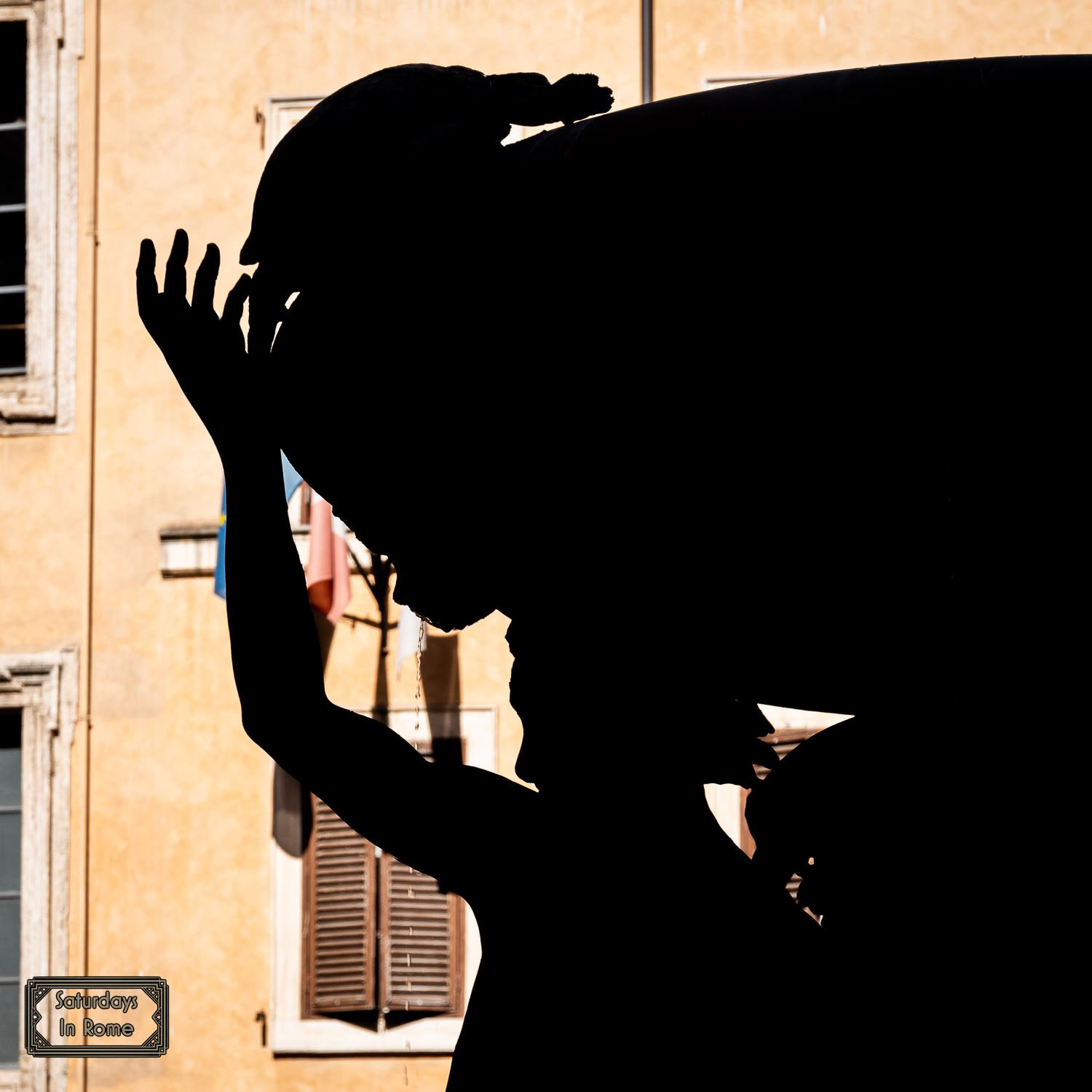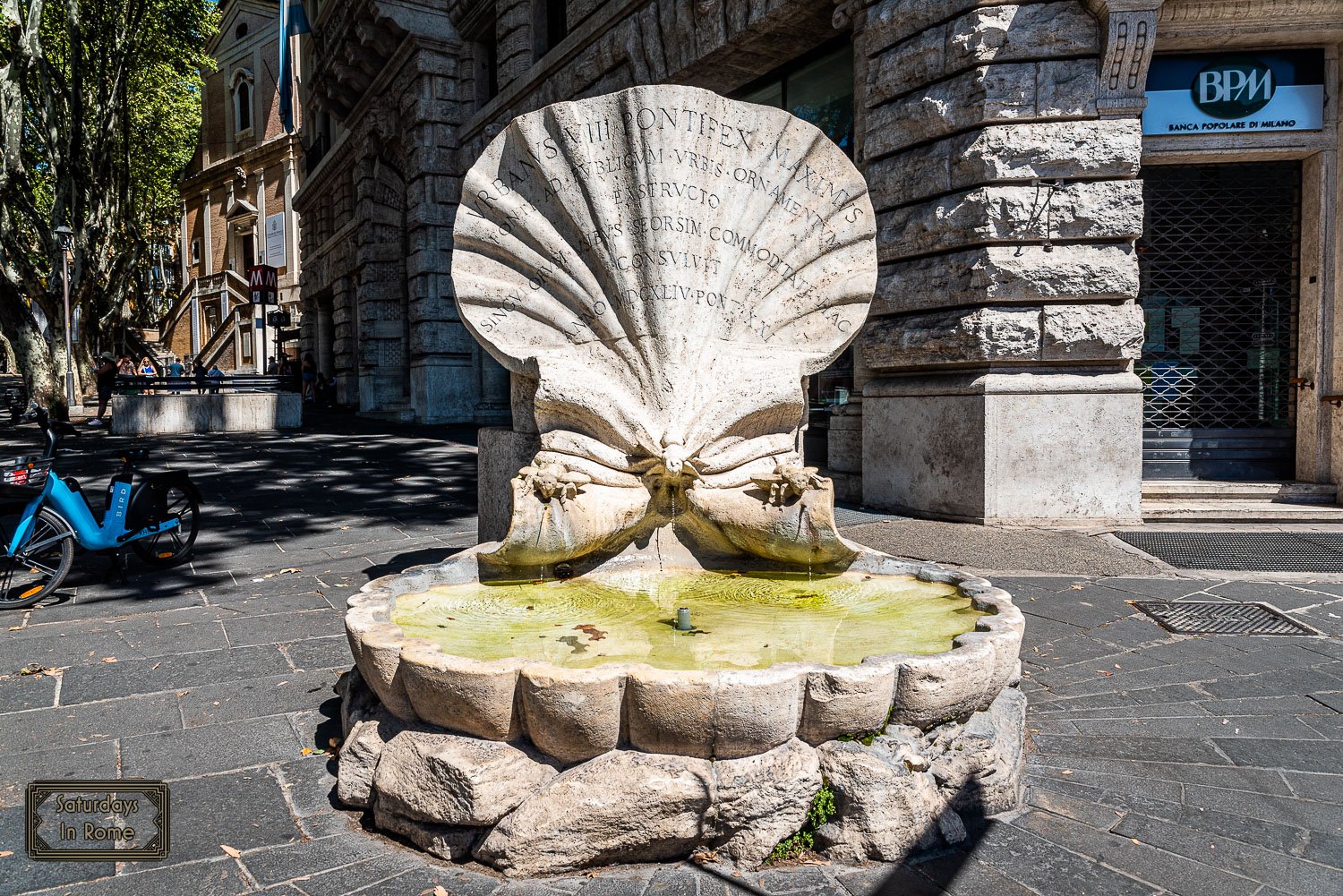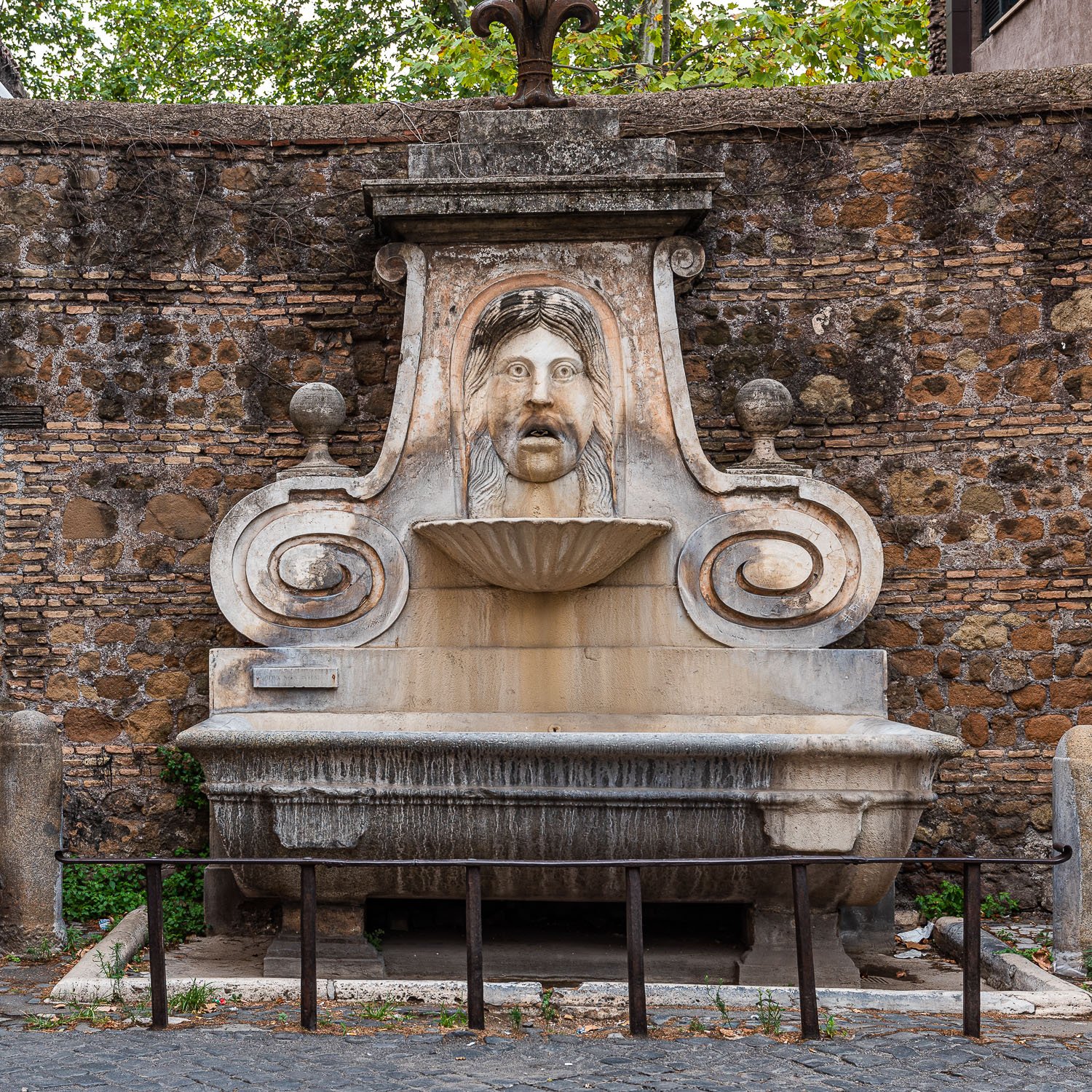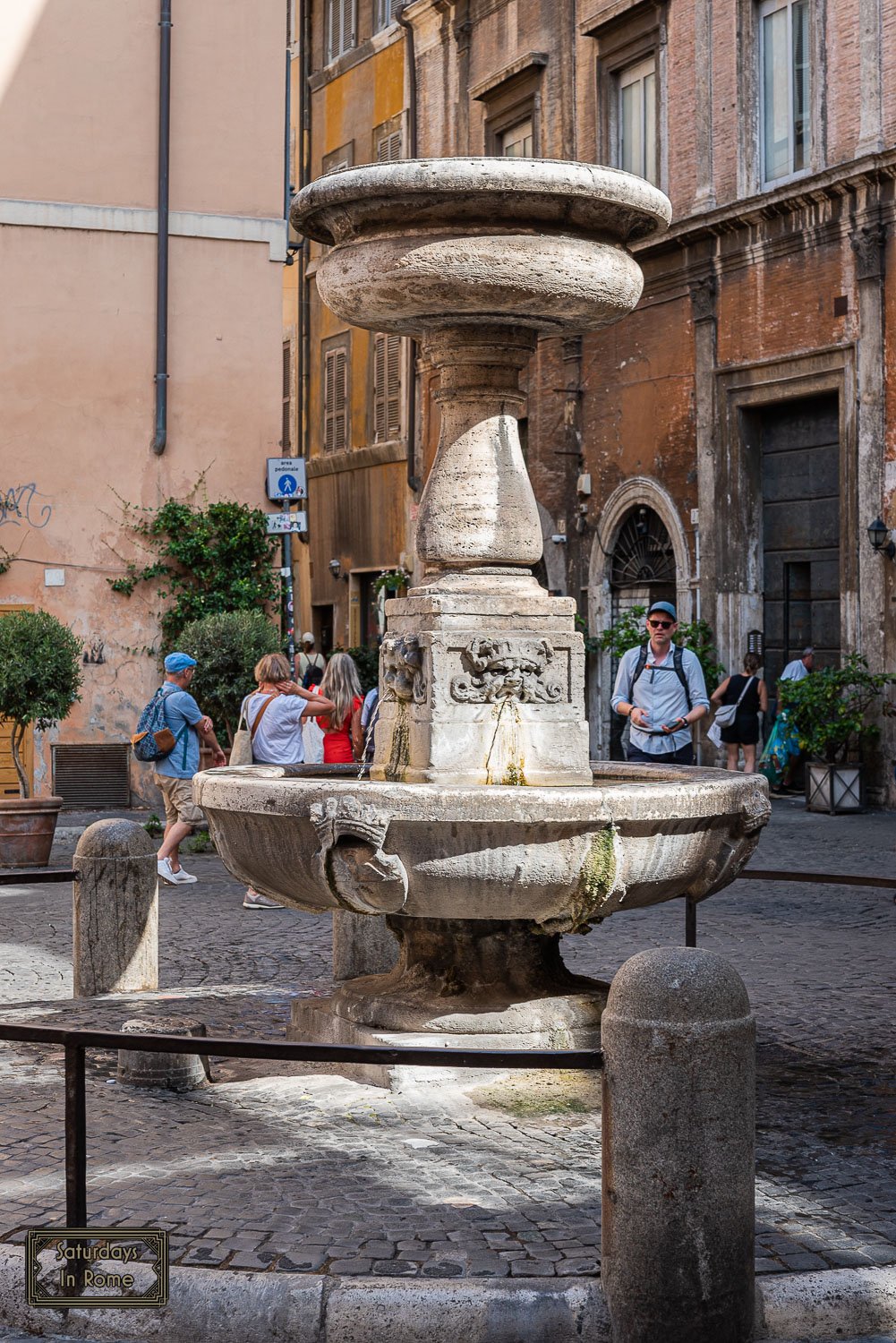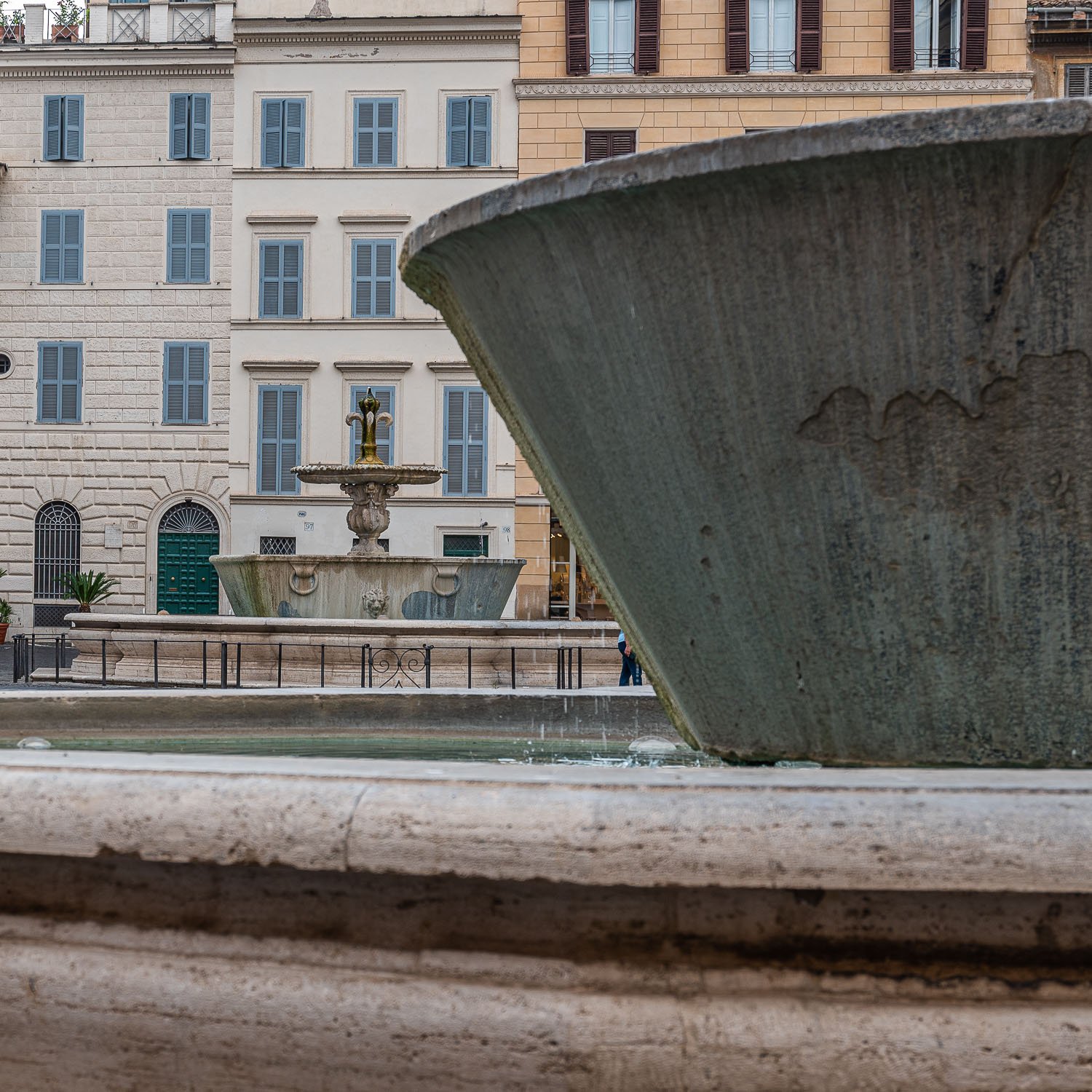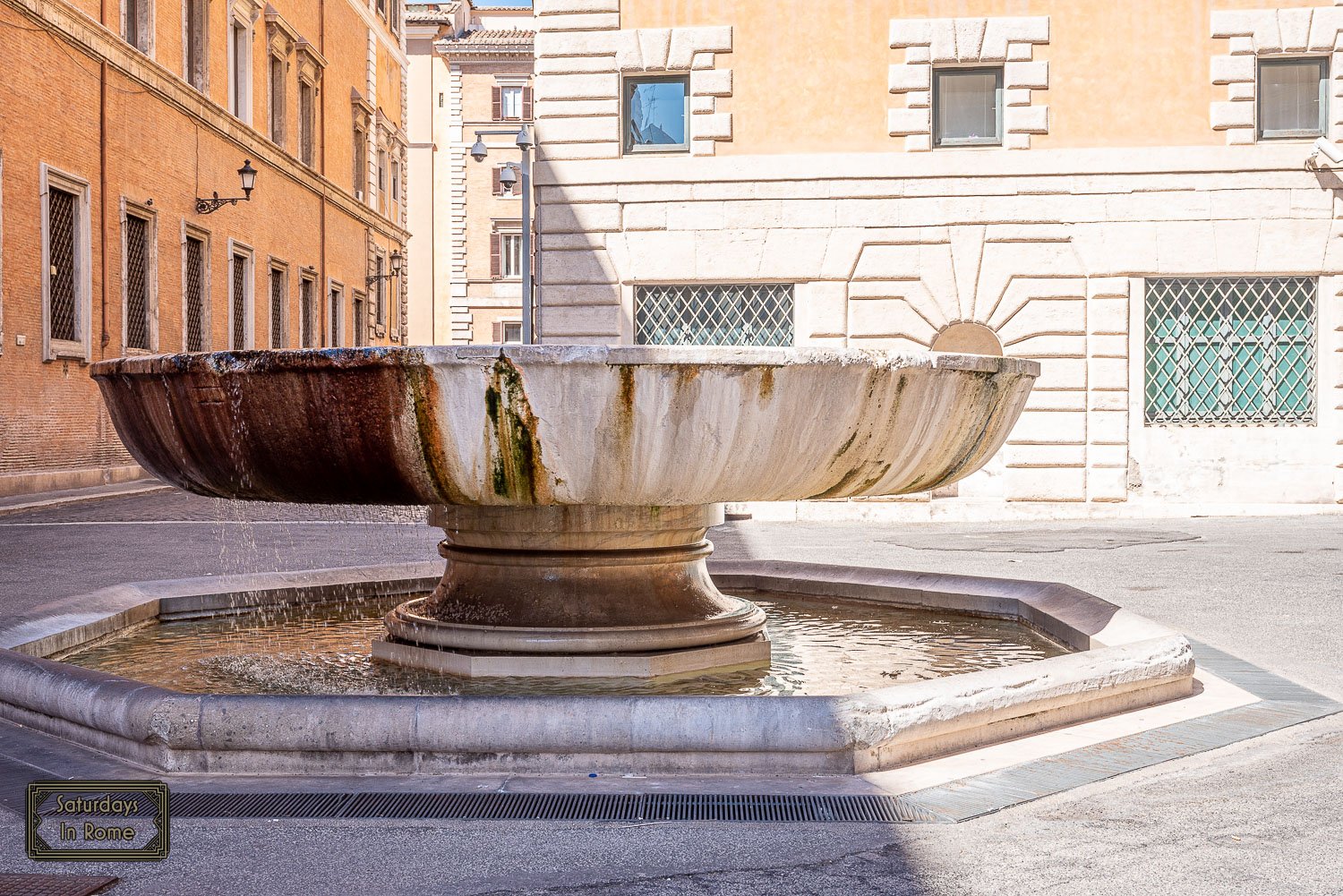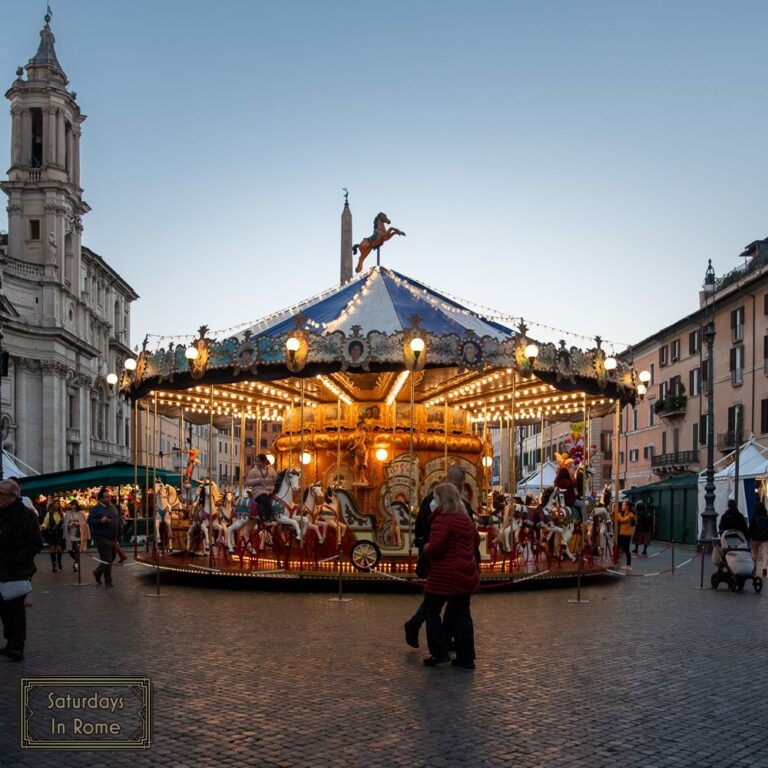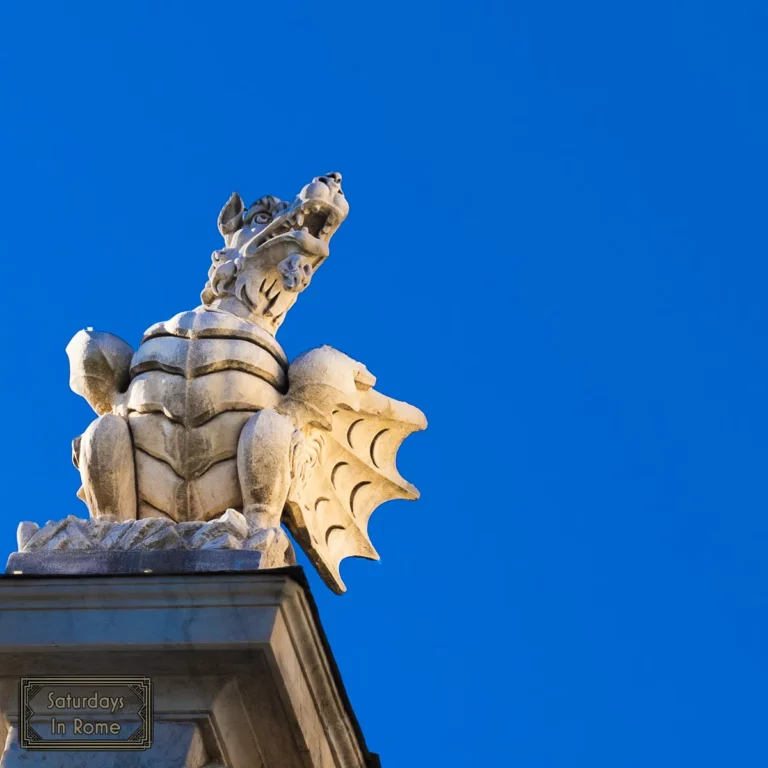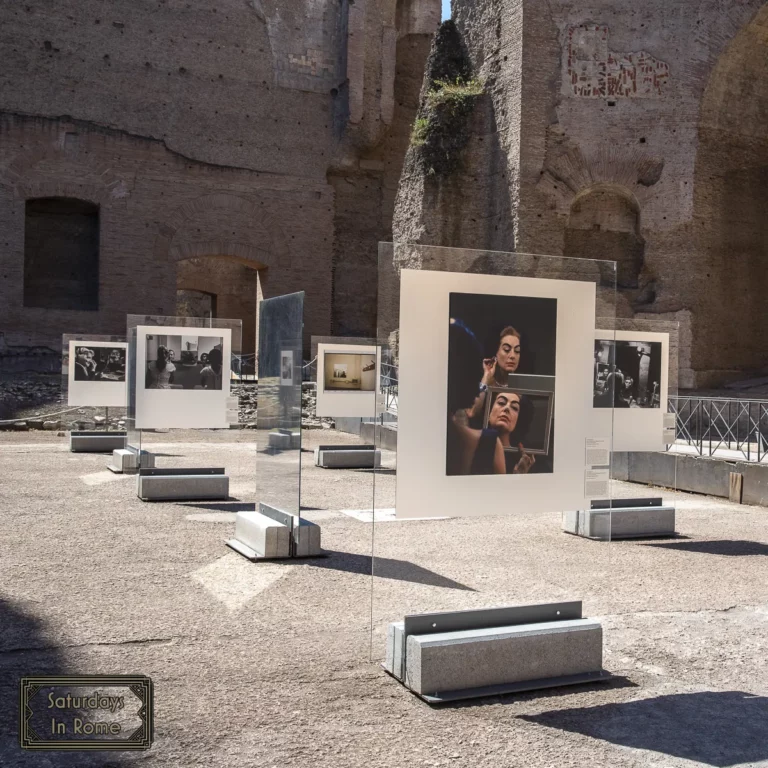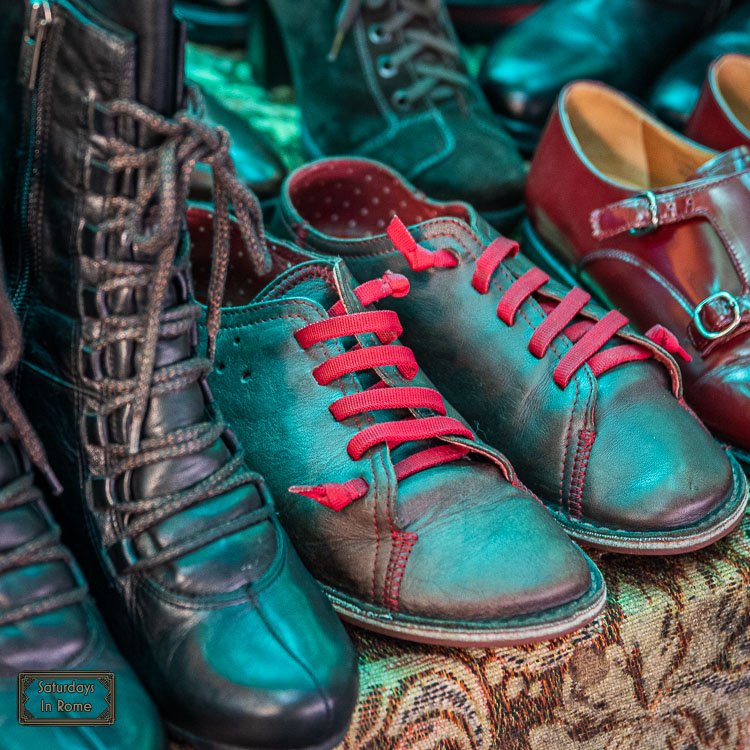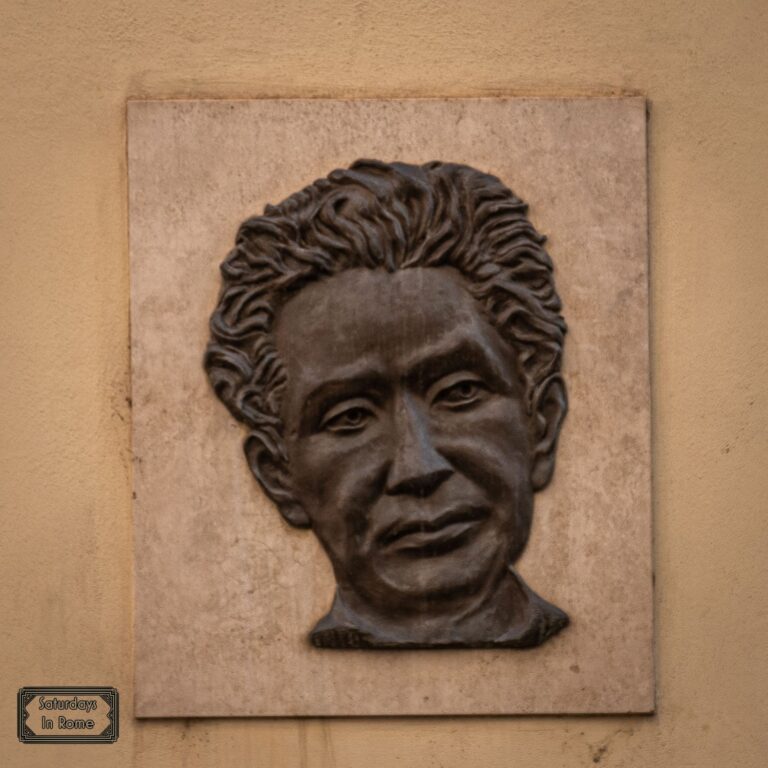Ancient Roman Fountains That You Might Have Overlooked
The ancient Roman fountains I encounter when I walk around Rome give me a much deeper understanding of the beauty around every corner that you shouldn’t miss.
Turtle Fountain In Shadows
My inspiration came during an evening I spent listening to a podcast, called The Bittersweet Life, in which the author Tiffany Parks shares the history of some of the fountains in Rome that don’t draw the same crowds as the more famous Trevi or Four Rivers fountains, but deserve some love. When I listened to this podcast, I took it as a challenge to track down these, in some cases, hidden beauties and point my camera at them.
Need Help Planning?
- Cheap Flights: Find The Most Affordable Flights.
- Accommodations: From 1 to 5 Stars And More.
- Car Rentals: Affordable Travel Across Italy.
- Sightseeing Tours: Explore Some Amazing Tours.
- Buying An eSIM: Stay Connected In Italy.
This post includes affiliate links.
Hunting The Ancient Roman Fountains
Having accepted the gauntlet that was thrown down by Mrs. Parks, I set out on my hunt to see these beauties in person. My journeys brought me around Trastevere, Testaccio, Vatican City and even my neighborhood in Monti. It was a fun couple evenings that brought into view how ignored these fountains are. When I went to the Vatican to hunt down The Fountain of the Tiaras, I became concerned that I wouldn’t be able to get close to it when I saw the crowds of faithful around Piazza San Pietro. To my surprise, even though the crowds were thick I had no trouble getting to the fountain and I was able to take pictures without other people in them. This experience was repeated almost everywhere I went, as you can see from most of my pictures below.
These Ancient Roman Fountains Are Hidden gems
Fontana delle Tartarughe
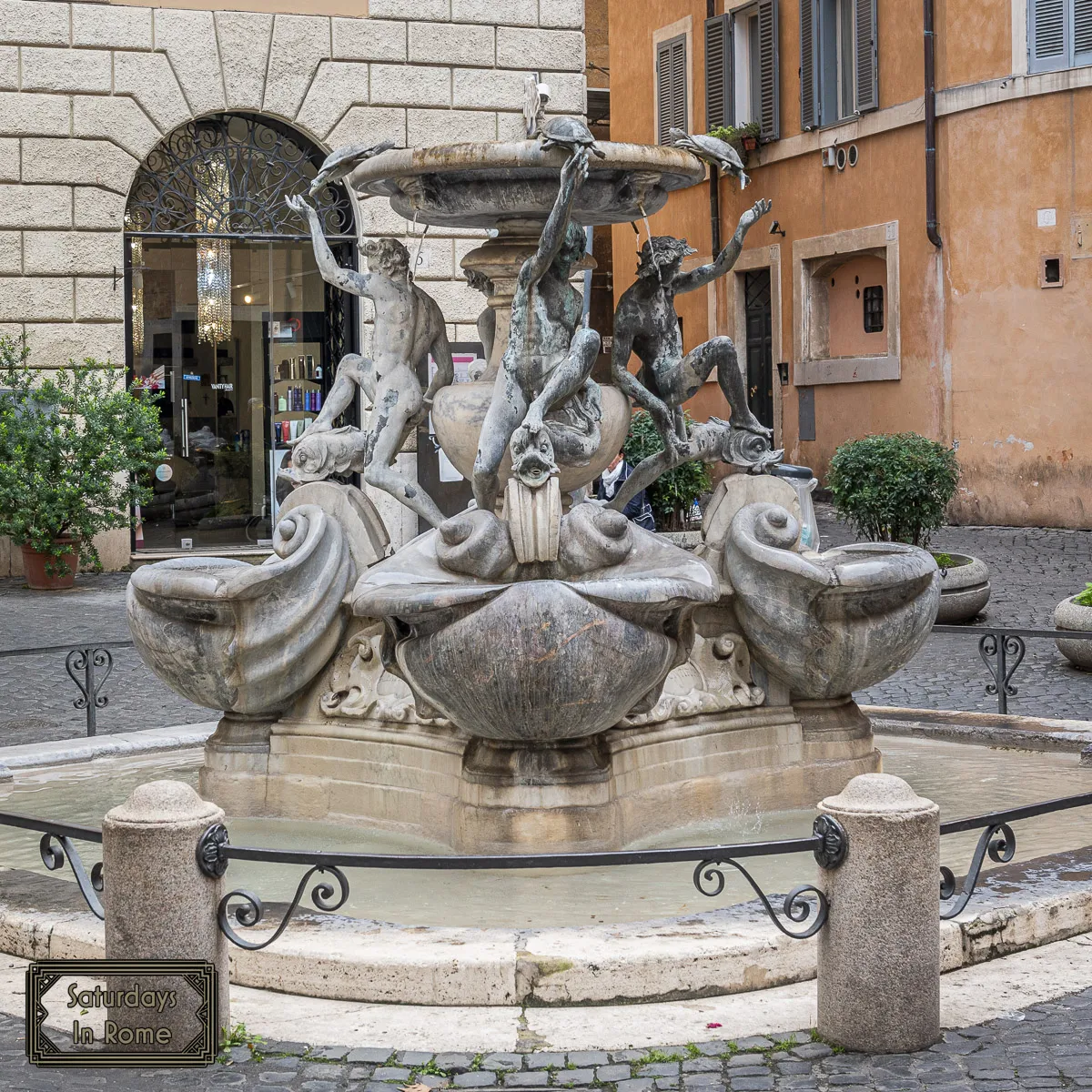
I have already written about some famous fountains in Rome and Turtle Fountain is on my shortlist. I first became aware of and immediately fell in love with this Fountain when I was introduced to it as part of a tour of the Ghetto in Rome. Even if you have never been to Rome, or Piazza Mattei, you might have seen the fountain in a few scenes in the movie The Talented Mr. Ripley or read about it as the setting for the book Midnight in the Piazza by the aforementioned Tiffany Parks.
One of the few fountains built for a private patron instead of for a Pope, this beautiful fountain has a pretty cool origin story. Rumor has it that Duke Muzio Mattei, who was a gambler, a drinker and the owner of the building overlooking the square, made his future father-in-law look out of the window and promised to have the fountain built in one night in order to convince the wealthy future father-in-law to give him the hand of his daughter.
The duke wanted to show him what he was capable of and what his daughter would lose without him. It worked and the man gave him the hand of his young daughter. The window was bricked up and still overlooks the piazza.
Ancient Roman Fountains – Fontana delle Api
When you go to Piazza Barberini to enjoy the more famous Fountain of Triton (Fontana del Tritone) you will not be far from another, smaller fountain silently sitting on the corner of Via Vittorio Veneto and Via di S. Basilio. Bernini gave the fountain the unusual shape of an open bivalve shell. The lower valve served as a basin, while the other valve was decorated at the base by three bees, which were the heraldic symbol of Pope Urban VIII’s family.
Fountain of the Bees
The fountain was dismantled in 1865 because it was not considered viable and it was left in a municipal warehouse. The fountain was rebuilt between 1915 and 1916 and was placed at the corner of the square in an isolated position. Fragments of the central bee and the portion of the shell on which it rests are the only original parts of the work. The fountain was restored in 2000 and in 2004 the head of a bee, which was lost following an act of vandalism, was replaced with a copy.
Ancient Roman Fountains – Fontana del Mascherone
There are some really cool things to see on Via Giulia, including the fantastic rooftop bar at the Hotel Indigo and the National Antimafia and Antiterrorismo Offices. Less obvious, and I say this because I have walked past it numerous times without stopping, is the Fountain of the Big Mask (Fontana del Mascherone).
Fountain of the Big Mask
The fountain is leaning against the wall that separates via Giulia from the Lungotevere, not far from Palazzo Farnese. It was presumed to have been built in the second quarter of the seventeenth century at the expense of the Farnese family by Girolamo Rainaldi, the same architect who built the twin fountains on Piazza Farnese. The lily of the crown on top of the fountain is the symbol of the Farnese family.
I was interested to learn more about how the fountain flowed wine at times. On the occasion of the celebrations of the Farnese family, wine and not water came out of the fountain. For example, in 1720, in honor of Marco Antonio Zondadori, appointed Grand Master of the Order of Malta, the fountain gushed out wine for three days in a row. Sadly, I don’t believe that this still happens, but one can dream!
Ancient Roman Fountains – Fontana Piazza San Simeone
Being a less well-known fountain, it has been moved around Rome more than you might expect. The fountain was originally located near the Theater of Marcellus, then it was placed in 1932 in the Orange Garden on the Aventine (Giardino degli Aranci) and finally moved in 1973 to the small square of S. Simeone ai Coronari.
Piazza San Simeone Fountain
The fountain was built in 1589 by Pietro Gucci and designed by Giacomo della Porta. Over the years the fountain underwent various transformations. In 1696, a basin was added on a shaped column resting on a cube decorated with four masks. Also during this period, the insignia of Pope Innocent XII was added to the shaft. In 1829 the lower basin was replaced with the current one. Finally, in 1973 it was moved to its present location where it was placed on a circular sidewalk bordered by columns connected by a grating. The fountain is patiently waiting for its opportunity for restoration.
Piazza Farnese Fountain
Ancient Roman Fountains – Fontana di Piazza Farnese
I am hopeful that my photo is effective at showing how there are two imposing and ancient basins of gray granite, made into fountains in Piazza Farnese. They come from the Baths of Caracalla in 1466 by order of Pope Paul II. The plan was to place them in Piazza S. Marco (now Piazza Venezia) in front of his newly built palace.
The two fountains became functional in 1626 when they were set up by Girolamo Rainaldi, complete with large Farnese lilies, and they happily began to flow as this ancient notice says:
“In Rome on 23 September 1626 on the same day, water was given to two fountains made above the two ancient basins of Egyptian marble in the square in front of the palace of the former Cardinal Farnese with 40 ounces of water, which the happy memory of Paul V had brought from the lake of Bracciano for the service of this city, making these fountains beautiful view and ornament “.
Piazza Sant’Eustachio Fountain
Ancient Roman Fountains – Fontana di Piazza S. Eustachio
I went hunting for this fountain on the weekend, so any crowds from the senate that might have been present during the week were nowhere to be found. It is made of Egyptian granite from Aswan, notable both for its size and for the refinement of the shape. It was found in 1985 during excavations between the Madama and Carpegna palaces, and originally believed to belong to the complex of the “Neronian Baths”.
This large Roman imperial basin was transferred to Piazza S. Eustachio and it was donated by the Senate to the city of Rome on the occasion of the 40th anniversary of the proclamation of the Republican Constitution with a plaque that reads as follows (translated):
“The Ancient Roman Tub Found And Restored. The Senate Of The Republic Offers The Citizenship Remembering The XL Anniversary Of The Constitutional Charter And In Honor Of Enrico De Nicola, Provisional Head Of The State, Giuseppe Saragat Umberto Terraccini, President of the Constituent Assembly, Alcide De Gasperi, President Of The Council December 27, 1947 – December 27, 1987″
More Hidden Gems Of Rome
These ancient Roman fountains are great, but the next group of fountains deserve their own post as they are all from the collection of fountains by Pietro Lombardi. If you want to learn about more hidden gems in Rome, these are the best things to see in Rome for free:
- The Beautiful Rome Fountains You Must See On Your Next Visit.
- The Trevi Fountain Coin Toss And Other Amazing Secrets.
- Piazza Navona and the Three Beautiful Fountains.
- These Famous Fountains in Rome Shouldn’t Be Missed.
- These Famous Fountains in Rome Are Definitely My Favorites.

